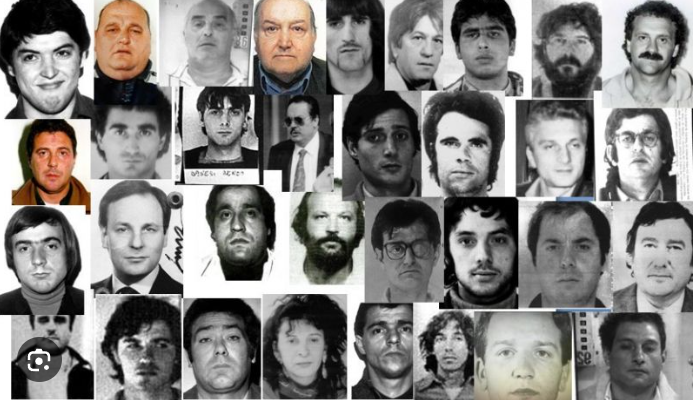Far-right adherents made up a large portion of the Banda della Magliana, including their founder Giuseppucci. Even though their primary focus was in crime rather than politics, they still required assistance from political radicals.
In the summer of 1978, a few months after the killing of former Italian Prime Minister Aldo Moro, the gang had one of its first encounters with neofascists. At his estate in the town of Rieti, they encountered professor Aldo Semerari, a criminologist, psychiatrist, and neofascist. Semerari offered to fund his political endeavors in return for mental health services that would aid in the release of gang members who had been arrested. Many gang members were successfully spared any jail term thanks to Semerari’s assistance in having them deemed “completely unsound of mind.”
The agreement did not survive long, though, as Semerari was killed at Ottaviano, Naples, on April 1, 1982. Semerari had struck the same agreement with both Cutolo’s rival group, the Nuova Famiglia, led by Carmine Alfieri, and Cutolo’s NCO. Apart from his affiliation with the Mafia, Semerari was a well-known far-right criminologist and a member of the P2 Masonic lodge. He also had connections to the Italian military intelligence organization, SISMI.
An additional significant far-right affiliation for the Banda della Magliana was with the far-right terrorist organization Nuclei Armati Rivoluzionari (NAR). Giuseppucci and Abbatino’s tavern was frequented by NAR member Massimo Carmati, who played a significant role in their link. Carmati rapidly won the gang’s friendship. He also introduced them to Francesca Mambro and Valerio Fioravanti, who were both charged with involvement in the 1980 Bologna massacre, which left over 200 people injured and 85 dead. The NAR and the Banda della Magliana grew close to one another, supporting one another’s endeavors.
The NAR assisted the Magliana gang in a number of street operations, while the gang used the money it received from the NAR’s hold-ups to finance its political endeavors. But the most enigmatic collaboration between the two factions occurred when weapons, explosives, and ammo from both were discovered in the Italian Health Ministry’s cellars.
The ammo cartridges belonging to the hard-to-find Javelot brand were discovered in the basements with the guns and ammunition. The discovery held additional significance as the 1979 assassination scene of Italian journalist Carmine Pecorelli had yielded four bullets of the same type.
Pecorelli has made claims on Giulio Andreotti, the prime minister, and his mafia connections. In this assassination, Andreotti and his principal aide, politician and judge Claudio Vitalone, have both been suspected. After Andreotti was found guilty in November 2002 of ordering Pecorelli’s murder, he received a twenty-four-year prison sentence. But eighty-three-year-old Andreotti was freed right away while an appeal was being filed. On October 30, 2003, an appeals court reversed the judgment and found Andreotti not guilty of the initial murder allegation.
The Banda della Magliana was implicated in Pecorelli’s murder, as demonstrated by the Italian legal system during Andreotti’s trial; nonetheless, Massimo Carmati, the person directly responsible for the murder, was freed. The judges stated that they had discovered unmistakable connections between Vitalone and the Banda della Magliana via De Pedis. However, Vitalone was freed because there wasn’t enough proof.

